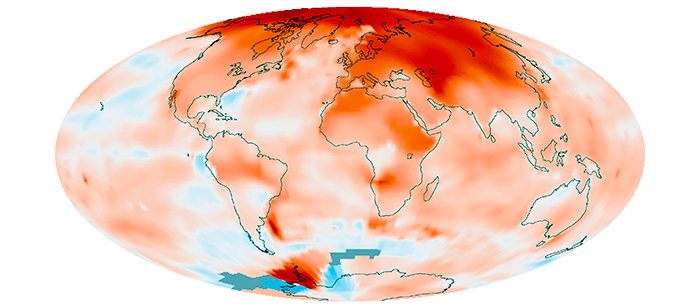
Center for Hybrid Multicore Productivity Research
Distinguished Computational Science Lecture Series
The White House Climate Data Initiative
Eric Letvin
Director, Disaster and Failure Studies
National Security Council
3:00pm Tuesday, 29 April 2014, ITE 456, UMBC
Delivering on the commitment in the President’s Climate Action Plan, the White House recently launched the Climate Data Initiative — a broad effort to leverage the Federal Government’s extensive, freely- available climate-relevant data resources to advance awareness of and preparedness for climate change impacts. This effort will help give communities across America the information and tools they need to plan for current and future climate impacts. Data from NOAA, NASA, the U.S. Geological Survey, the Department of Defense, and other Federal agencies was recently launched on climate.data.gov. Data and innovation challenges issued by public, private, nonprofit, and other organizations can help catalyze new, data-driven solutions that help communities understand and build resilience to climate change. NOAA and NASA recently announced an innovation challenge calling on researchers and developers to create data-driven simulations to help plan for the future and to educate the public about the vulnerability of their own communities to sea level rise and flood events.
Mr. Eric Letvin PE, Esq, is the Director of Hazard Mitigation and Risk Reduction Policy within the National Security Council in the Executive Office of the President. He coordinates the development and effective delivery of mitigation capabilities identified in the National Preparedness Goal, such as threat and hazard identification, risk and disaster resilience assessment, planning, and long-term vulnerability reduction.
When at NIST, Mr. Letvin is the Disaster and Failure Studies Program Director within NIST’s Engineering Laboratory. Mr. Letvin provides national coordination for conducting field data collection studies. He is also responsible for creating and maintaining a repository related to hazard events (earthquakes, hurricanes, tornadoes, windstorms, community-scale fires in the wildland-urban interface, structural fires, storm surge, flood, tsunami) and human-made hazards (accidental, criminal, or terrorist), the performance of the built environment during hazard events, associated emergency response and evacuation procedures.
Before coming to NIST, Mr. Letvin was Leader of Infrastructure Research and Resiliency in the Homeland Security Group of URS. He has participated in numerous post-disaster studies including the bombing of the Murrah Building in Oklahoma City, and Hurricanes Opal, Ike and Katrina. He has assessed over 200 buildings for risk from terrorist threats and natural disasters.
Mr. Letvin holds a bachelor’s and master’s degree in environmental engineering from Syracuse University and received his Juris Doctor from the University of Maryland. He has taught many courses on risk assessments and protection of infrastructure for FEMA/DHS and made related presentations throughout the world over the last ten years.